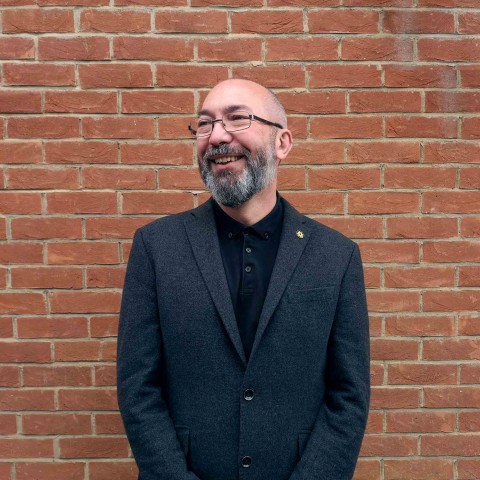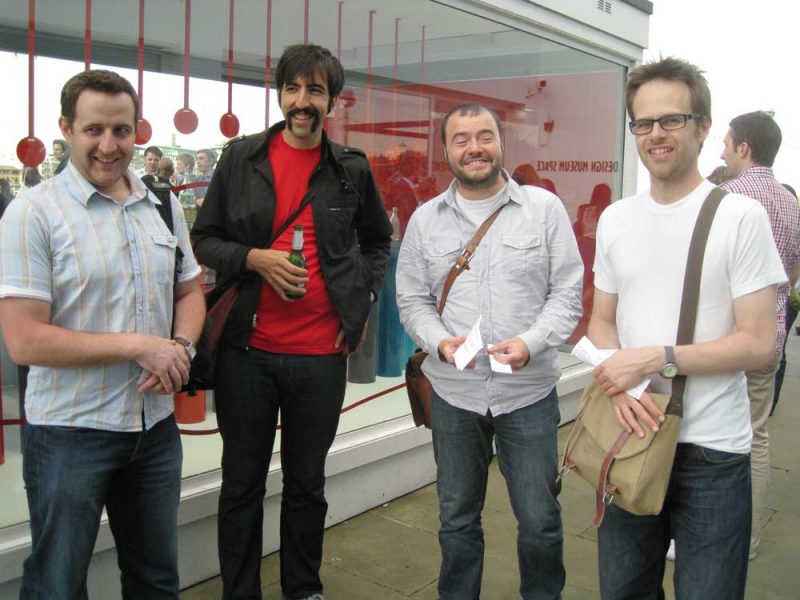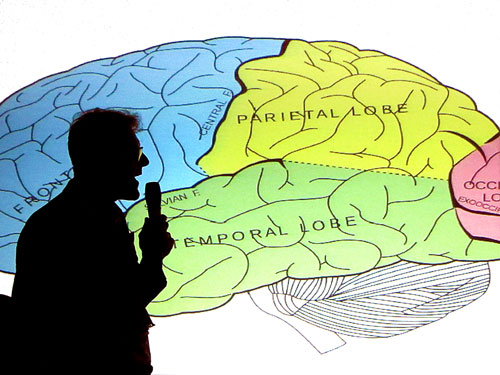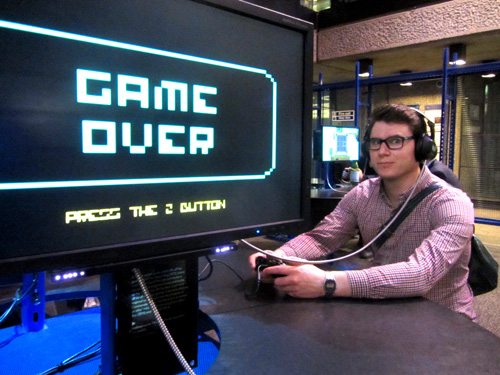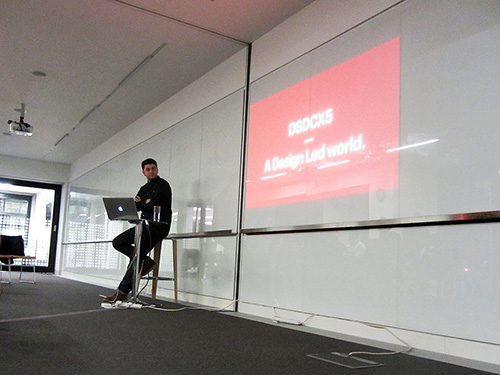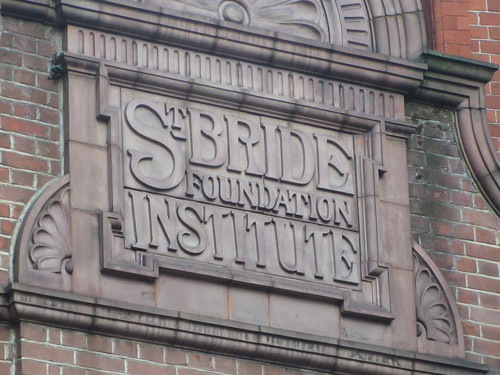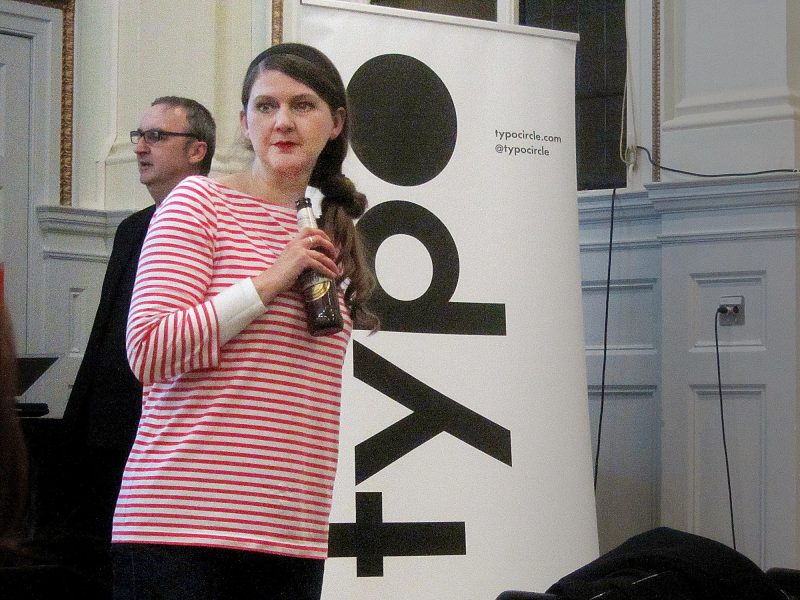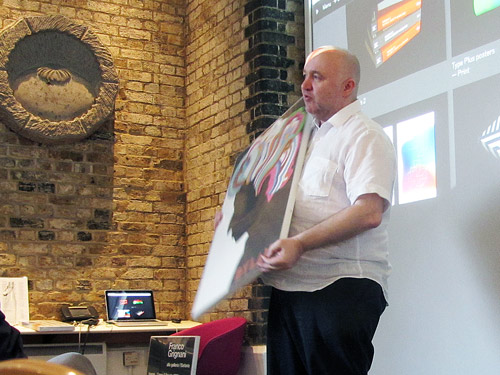Each year, a self-proclaimed, elitist club of designers descend on a major world city. This year it was London and they included a two-day public event. But what was the point?
What was the point of the AGI Open?
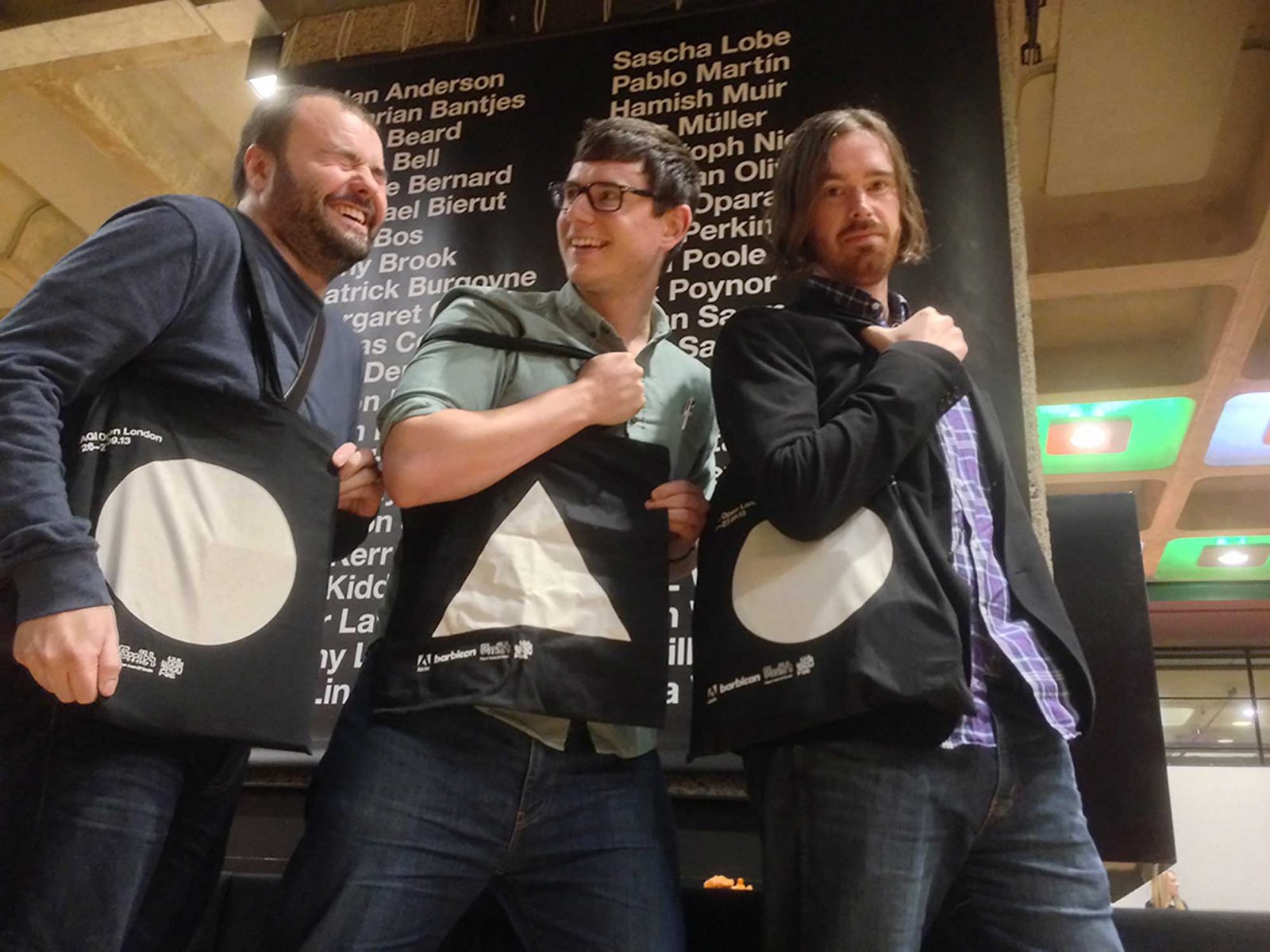
I took two days off work last week to go to a conference about design. That is unheard of. There are lots of design conferences and I never go to any of them. So why was this one different? Well, it was local (20 minutes from our studio), it was (relatively) cheap, and it had the best line-up of speakers I’ve ever seen.
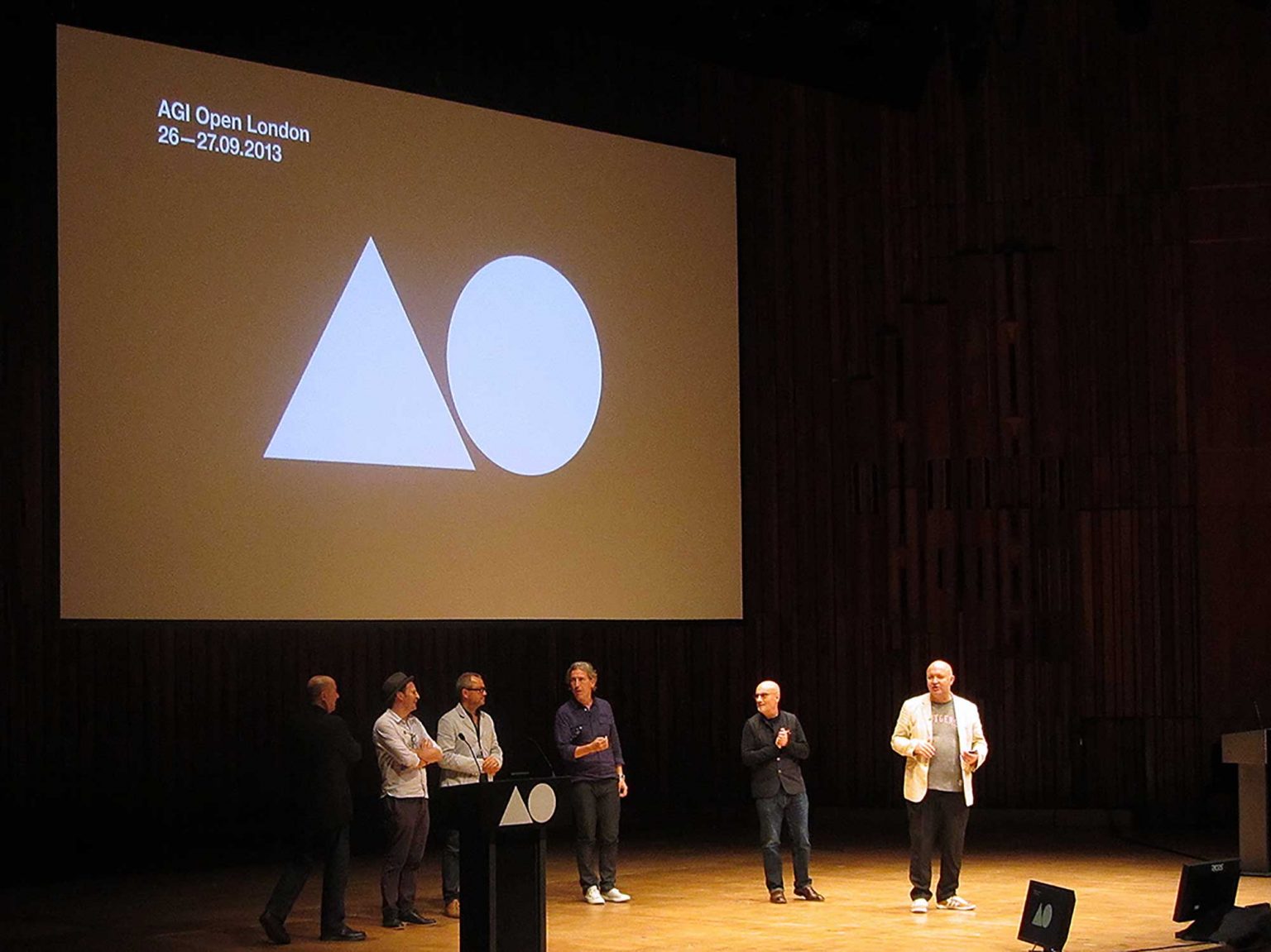
In fact, I was so impressed by the line-up that I booked tickets for all of Cog’s designers. Beyond the line-up, I didn’t know much more about it. I knew it had been organised by the international design organisation, AGI, but I’d assumed they’d invited the guests, it didn’t occur to me that they were all members.
It was a really interesting couple of days. Sadly, hardly anyone spoke about paid work apart from to moan about clients (which is always a bit odd) but it was fascinating to hear, first hand, from so many of my heroes and villains.
The highlights for me were Stefan Sagmeister arguing about the stupidity of white space, Peter Saville grappling with the contradictions of his working life, and Nick Bell saying that marketing has jumped into the void when designers were unable to define effectiveness.
It was all good fun but something is bugging me. What was the point of everyone being there; not just us, but all the AGI members?
Was it just a Comic-con style convention for design geeks? It certainly felt that way, with plenty of people dressed in their graphic designer costumes, queuing to get work signed by the celebrity creatives, whilst clutching at their branded goody bags.
In the opening address, Lars Müller had a call to arms: there is too much visual clutter in the world, he said, we need to work together to make effective communication. That sounds like a theme, I assumed people would rally around it, or argue against it. Instead, everyone ignored it.
The published conference theme was, rather woollily – collaboration – which was interpreted differently at every session by every speaker. It was a great way to break away from the normal ‘lecture’ format (although many people failed to break away) but it wasn’t really a rallying cry.
Many speakers referenced the number of students in the audience. So, was it actually a conference aimed to educate? I hope not, hardly anyone spoke about the realities of working in design so there were some very misleading lessons for most of the audience.
Maybe I just missed the point, maybe AGI was the theme.
Was it just a Comic-con style convention for design geeks? It certainly felt that way, with plenty of people dressed in their graphic designer costumes, queuing to get work signed by the celebrity creatives, whilst clutching at their branded goody bags.
OK, I’ll admit it, I had no idea what AGI was until I saw tweets about the conference. It turns out I didn’t even know how to pronounce it (it stands for Alliance Graphique Internationale, so it’s pronounced ar-jee, apparently). How could I not have heard of a club that includes everyone you ever read about in the design press?
In fact, the thing I’d booked for was just the last couple of days (the public event) at the end of an annual get together that moves around the world. It seems that AGI is a bit like The Bilderberg Club, but for people who play with type and pictures rather than economies and weapons.
This invite-only society was founded in 1951 by French and Swiss designers who wanted to share each other’s styles. It quickly grew into an international club and now has hundreds of members from around the world.
So, how come I’d not heard of it? More importantly, if this was an annual collaborative conference, where the greatest design minds of our generation had convened on London, how come they seemed to have nothing to show for it or announce as an outcome? When other industries stage such a spectacle, it’s for a reason. If scientists, police officers, teachers, lawyers, tooth-brush manufacturers, or even arms-dealers take a week off work and travel across the world, they do so for a purpose; they publish papers, they have opinions, they redefine their profession.
It made me think; it made me wonder why we (as an industry) ask to be taken seriously, when it’s clear that we don’t consider design to be a serious profession. Maybe it’s time to admit that we don’t work in a profession; maybe we should align ourselves with the opinions of many: design is just a hobby that we get paid too much to pursue. It would free us all up to enjoy ourselves more (as the AGI members certainly seem to).
It also made me think about patronage. How come these few people are considered the elite of the design world? Are they really the greatest thinkers and design practitioners, or is (at least part of) their success actually down to the confidence and opportunities of their education and network of friends?
Taking the British (almost entirely English) AGI contingent, it was remarkable how many RCA graduates, lecturers and associates were on the stage. I listened hard, almost everyone who referenced education, referenced the Royal College.
There are those that would argue that the best students gravitate to the best colleges, receive the best education and therefore have the best chances to succeed. That’s true, to an extent. But, in percentage terms there must be hundreds of original thinkers and brilliant designers, who graduate each year, whose unique vision is not embraced and promoted by this network of old-boys. They will have to spend their time gradually climbing each individual step of the career ladder.
I wonder what percentage of design students have even considered post-graduate education, let alone have access it, and the means to fund it?
There are, of course, exceptions – brilliant, single-minded people who have succeeded without that leg-up but they were few and far between at AGI Open.
I’m not saying it’s a bad thing, but it is a thing.
I guess I am jealous, envious of the head start and confidence that comes from being surrounded by brilliant people (or people who become brilliant because that’s what they believe they are destined to be).
I’m certainly not saying it’s a conspiracy, it’s just a club of people who are comfortable with what they’ve created. To paraphrase from one of the sessions, chaired by Michael Beirut – AGI is about people at a particular point in their career; if that’s not your thing, stop moaning about it and go out and make something of your own.
My conclusion, if I need one, is that the conference had no theme, which makes me a bit sad. It was just a jolly get together for a group of friends, with an invited audience. I really enjoyed it so maybe I should just shut up and get over it.
But there probably was a lesson for the students in the audience – chose your school well and be prepared to fund your schooling for a long time; it will define your career as a designer.


